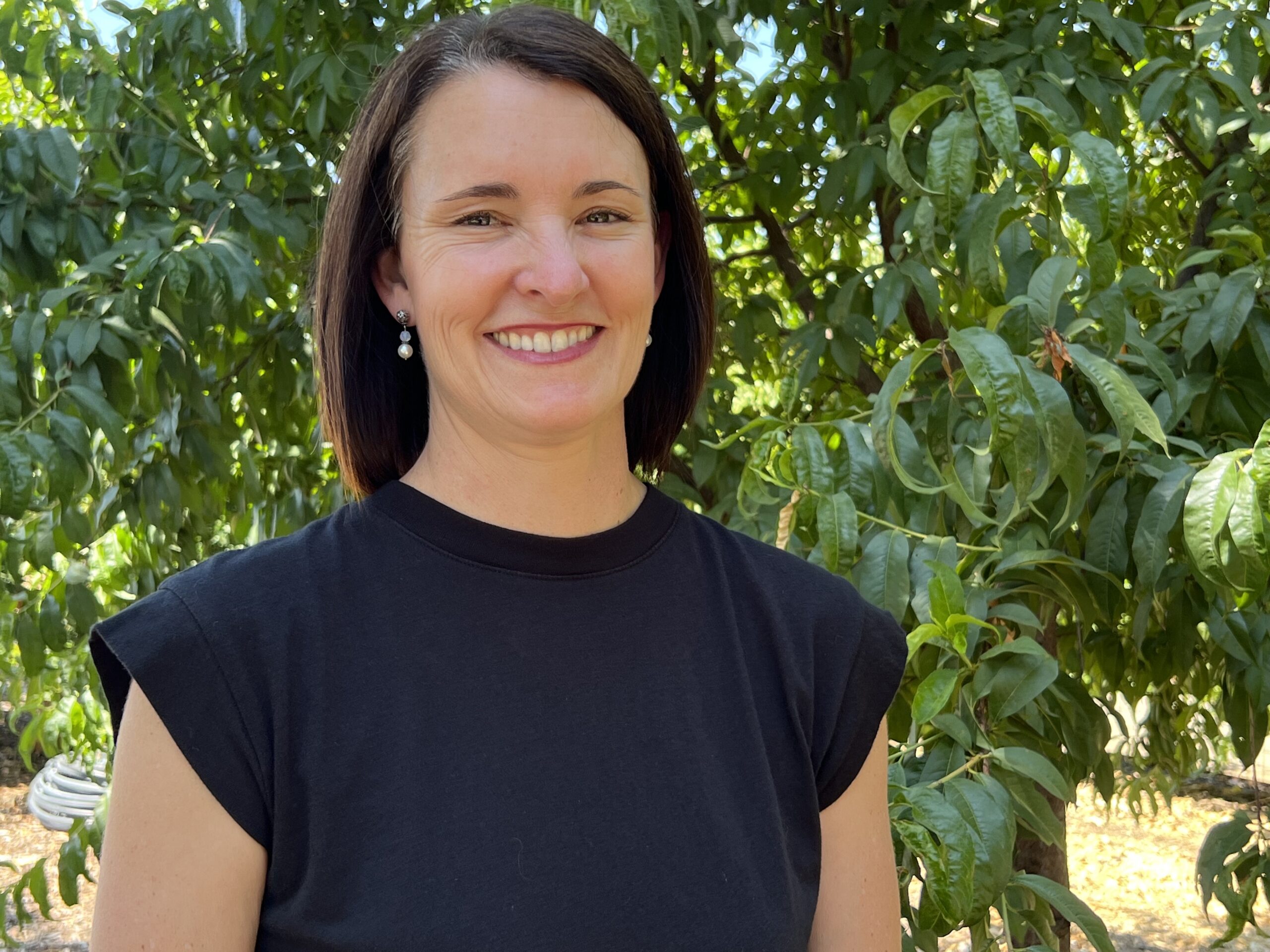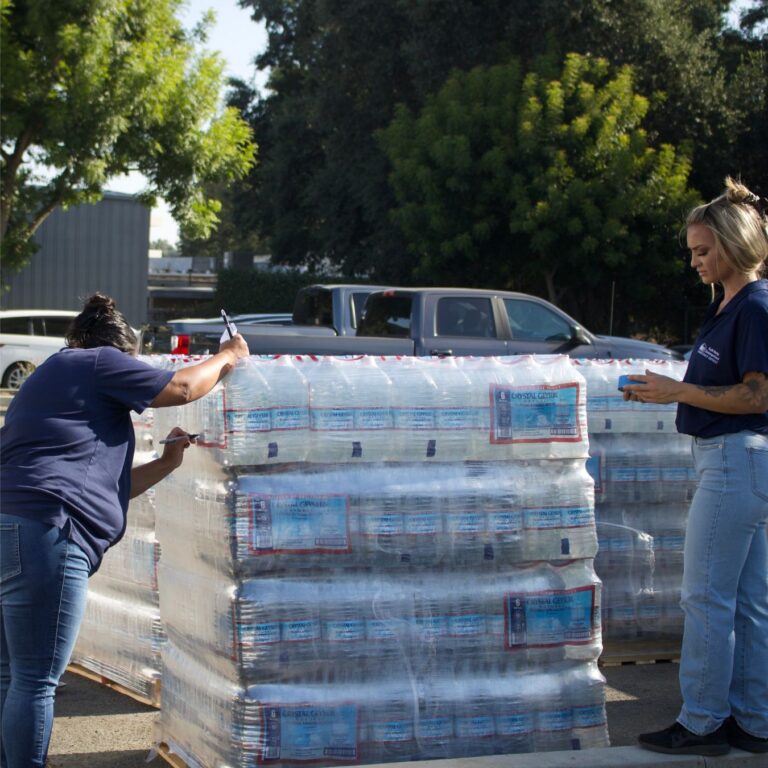A Tulare County official who’s faced multiple droughts and devastating floods over the past decade appreciated the California Water Commission’s latest “policy paper” on how best to respond to such calamities but she had some advice of her own for the state:
Locals need resources – money, equipment, personnel – not just “words on paper.”
Beyond immediate response needs, valley communities need state help to build more water storage and conveyance, said Denise England, water resources director in Tulare County.
Tulare has been ground zero for dry wells during the state’s two most recent crippling droughts. Entire communities, such as Teviston, East Porterville, Tooleville and others, have lost water for months on end and, in fact, some areas of the rural county are still relying on delivered water.
So, when the California Water Commission recently released a policy paper outlining strategies to protect vulnerable communities and habitat during drought, England took note.
Will the paper, which took 18 months to complete and includes strategies such as: increase groundwater recharge; conduct watershed-level planning; and improve communications, help when drought strikes again?
“They are good words on paper, but I think they are a little outdated for something of substance to actually come from it,” a drought- and flood-hardened England said.
England said Tulare County has its emergency response in place. What it needs from the state is insurance for the future.
She cited environmental and regulatory factors slowing down or scuttling surface water storage projects such as the Temperance Flat Dam in Fresno County.
“We have a need for these projects and the money for them to be built,” she said.
A core drought strategy offered in the commission’s policy paper is improved communication and coordination in drought and non-drought years.
England echoed that, but noted, again, Tulare needs more practical help from the state.
Tulare County has been working to create a well database that includes location, well depth and any details noted by the driller. Its efforts have not gotten much help from the Department of Water Resources, whose data, she said, is also incomplete.
“Figuring out whose well is going to go dry and where, that’s the data piece we’re missing,” she said.
During the height of the 2020-2022 drought, England was extremely frustrated by what she said was more red tape from the state than help.
State money to pay for large-scale emergency water deliveries was slow to come, the state required water be trucked from a vendor more than 40 miles away rather than from closer sources and the state didn’t want to deliver water for swamp coolers even though community wells in the small town of Teviston went dry during a spate of 110-degree days, England told SJV Water back in 2021.
The state Water Commission’s policy paper also didn’t go far enough for some observers in terms of pre-disaster measures.
Nataly Escobedo-Garcia, water programs policy coordinator at Leadership Counsel for Justice and Accountability, took issue with the paper’s approach to groundwater recharge during floods, citing water quality concerns and overpumping by agricultural interests.
“We stressed demand reduction in our comments and they talked about demand management,” she said. “This is a conversation the state keeps trying to avoid. We have to remember we are starting at a deficit.”
The policy paper may not be perfect, but Commissioner Kimberley Gallagher described it as “the thin line we can all agree on.”
Laura Jensen, Assistant Executive Director of the Water Commission, said the policy paper discusses how impacts to agriculture can flow through communities, ecosystems and species.
“We talk about how ag has to be part of the solution for protections for vulnerable users during drought,” she said.
The Water Commission is a nine-member panel appointed by the governor that explores water management issues and makes recommendations to the Department of Water Resources. This paper will be shared with the secretaries of three state agencies: Natural Resources, Environmental Protection, and Food and Agriculture
Share this:
- Click to share on Facebook (Opens in new window)
- Click to share on Twitter (Opens in new window)
- Click to share on LinkedIn (Opens in new window)
- Click to share on Reddit (Opens in new window)
- Click to share on Tumblr (Opens in new window)
- Click to share on Pinterest (Opens in new window)
- Click to share on Pocket (Opens in new window)
- Click to share on Telegram (Opens in new window)
- Click to share on WhatsApp (Opens in new window)
- Click to print (Opens in new window)








